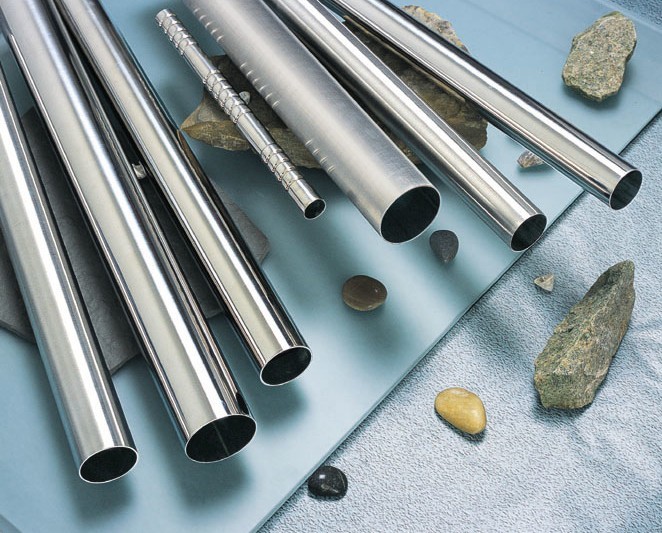Stainless steel seamless tubes made of various materials have different corrosion. All metals react with oxygen in the atmosphere and travel an oxide film on the surface. Unfortunately, the iron oxide that forms on ordinary carbon steel continues to oxidize, causing corrosion to swell and eventually form holes. Paints or antioxidant metals (such as zinc, nickel and chromium) can be used for plating to secure the surface of carbon steel. However, as we know, this protection is only a movie. Stainless steel seamless tubes will depend on the corrosion resistance of chromium, but since chromium is an element of steel, its source protection is different.
The combined chromium content is 10.5%. Annealed tubes and atmospheric corrosion resistant steel is significantly improved, but the higher chromium content, but corrosion resistance is still improved, but not significantly. Due to the production and processing of chromium alloy steels, the symptoms of nitrogen oxides are the same, and the changes in the formation of pure chromium metal oxides do become so. The close adhesion between the surface layers of this chromium-rich oxide protects the outlet from further oxidation.

This thin oxide layer, which you can now see on top of the natural luster steel, s/s provides a unique surface. In addition, damaged surface layers, exposed steel surface layers and atmospheric elements, therefore, repair themselves and re-form this “passive film” that continues to function as a protective layer. Therefore, all chromium steels have a common characteristic, namely a chromium-iron content of 10.5%. There will be only six metal pipe types for construction applications. They contain 17-22% chromium, and first-class steels also contain nickel. Molybdenum can further improve atmospheric corrosion. Seamless stainless steel pipes, especially in atmospheres that may contain chlorides, may receive corrosion.
